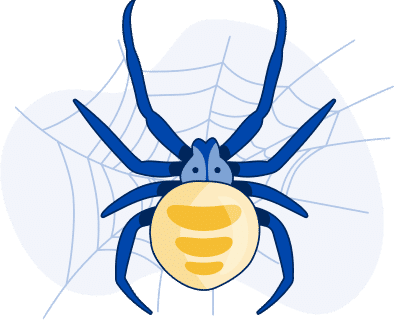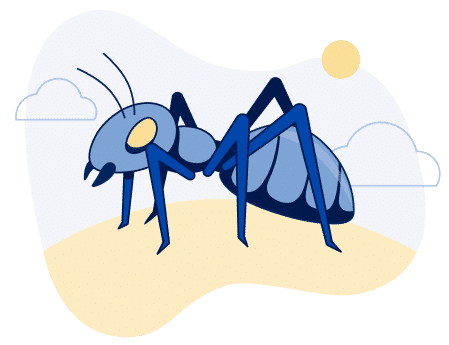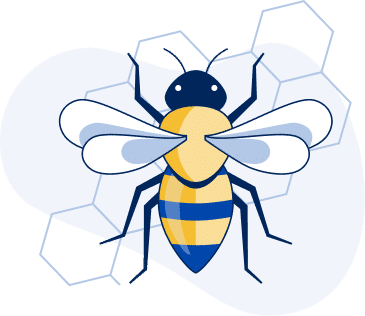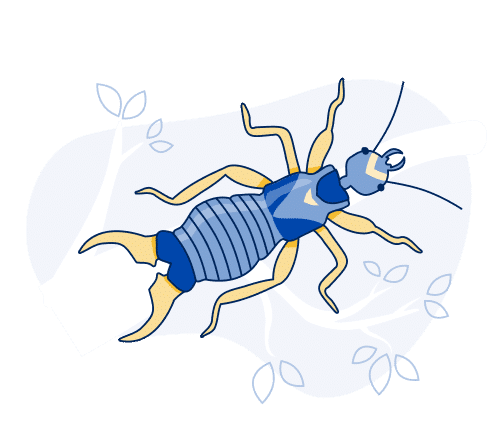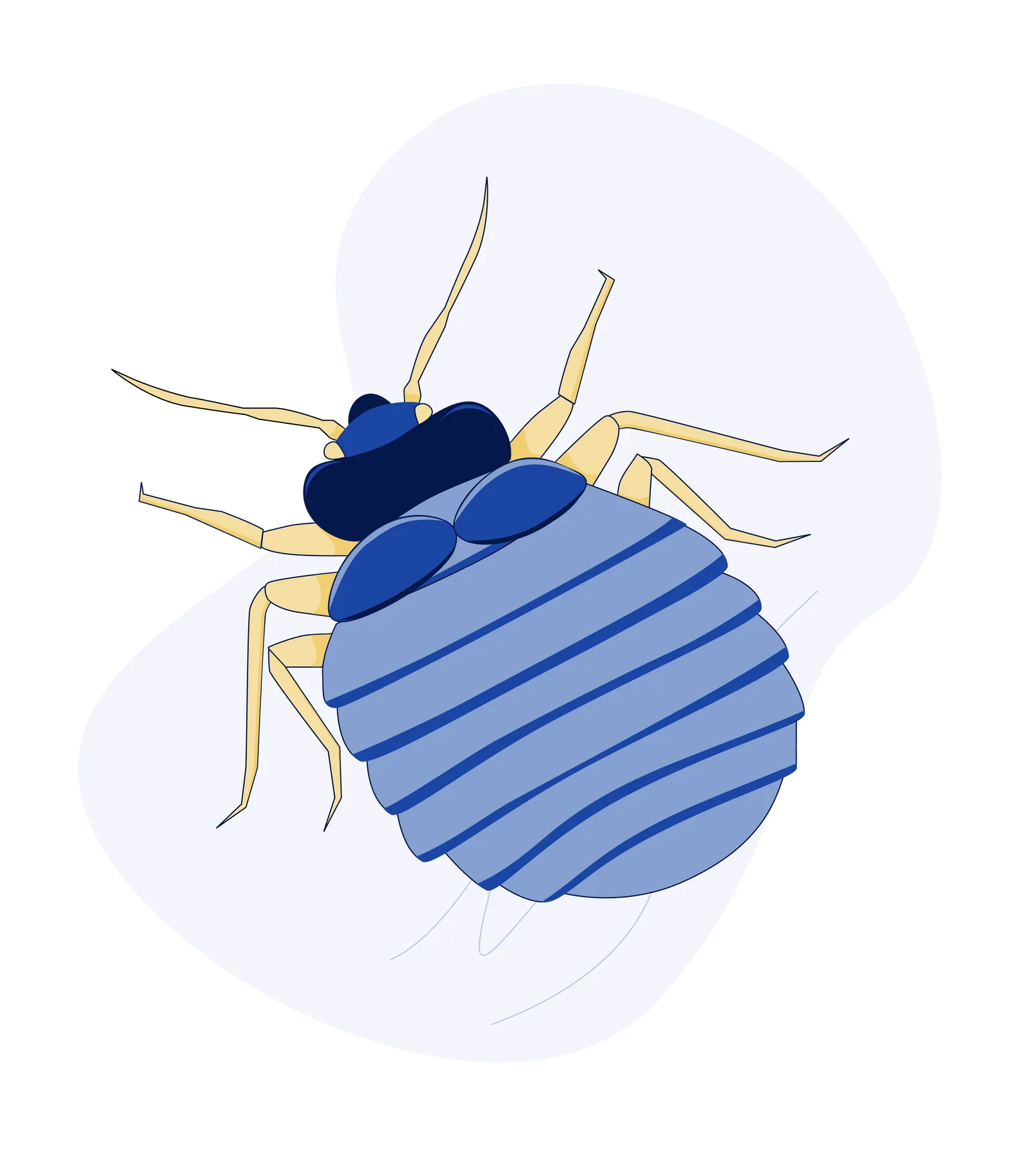Top 5 Pests Threatening Utah Businesses
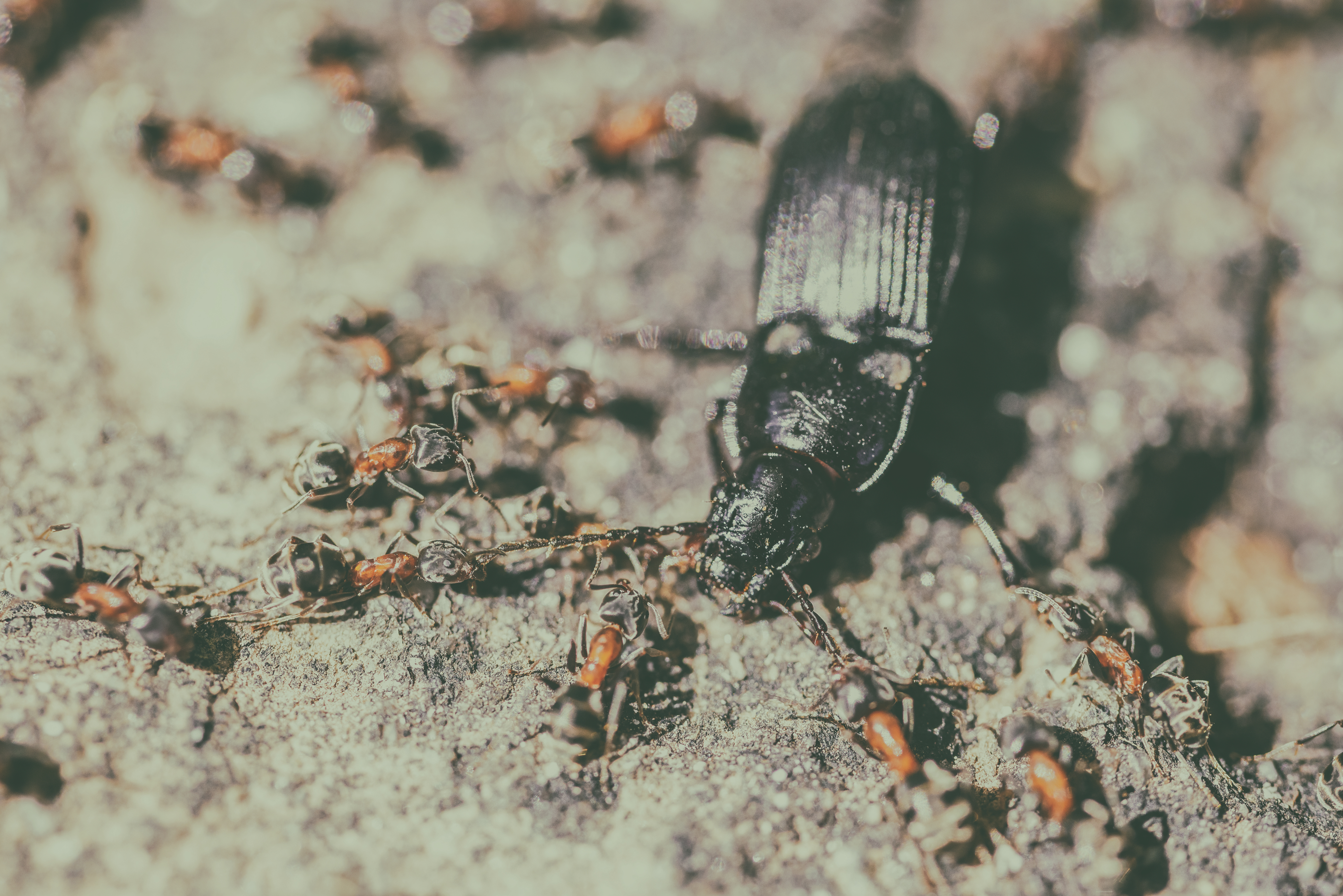
Imagine walking into your favorite local café in Utah. The aroma of freshly brewed coffee fills the air, the barista greets you with a warm smile, and just as you place your order, you spot a cockroach scurrying across the counter. Not the experience you were hoping for, right? This is a scenario no business owner wants. Pests can pose serious threats to businesses, damaging reputation, and causing financial loss.
In our comprehensive guide, we’ll delve into the top 5 pests that pose a threat to Utah’s businesses. We’ll also discuss the pivotal role of professional commercial pest control in safeguarding your establishment from these unwelcome intruders.
Cockroaches
Cockroaches are a common pest in Utah. They can contaminate food and spread diseases, posing a significant health risk. Regular inspections and prompt action at the first sign of infestation are crucial.
Cockroaches are not only unsightly, but they also pose a significant health risk. They can carry and spread diseases such as salmonella and E. coli, leading to food poisoning and other serious health issues. In addition, their droppings can trigger allergies and asthma, especially in children and the elderly.
Rodents
Rodents, including mice and rats, are another common pest in Utah businesses. They can cause structural damage by gnawing on wood and electrical wires and contaminate food and other materials with their droppings.
Rodents are known to carry a variety of diseases, including hantavirus, leptospirosis, and plague. In addition to the health risks, rodents can cause significant damage to your property. They can chew through walls, wires, and other materials, leading to costly repairs.
Ants
Ants are a nuisance and can contaminate food. Different species require different control methods, so professional help is often necessary.
Ants are often seen as a minor nuisance but can pose a significant problem for businesses. Some species, such as the carpenter ant, can cause structural damage by tunneling through wood. Others, like the pharaoh ant, can spread diseases and contaminate food.
Spiders
While most spiders are harmless, their presence can be unsettling for customers and employees. Regular cleaning and sealing of cracks can help keep them at bay.
Spiders are often feared, but most species are harmless and beneficial, as they feed on other pests. However, some species, such as the black widow and the brown recluse, can threaten humans. Their bites can cause serious reactions and require medical attention.
Termites
Termites can cause severe structural damage if left unchecked. Regular inspections and prompt treatment are key to controlling these pests.
Termites are often called the “silent destroyers” because they can cause extensive damage to your property without you even noticing. They feed on wood and can compromise the structural integrity of your building. If left untreated, a termite infestation can lead to costly repairs and even make your building unsafe.
Commercial Pest Control: The Solution
Although there’s a DIY approach to getting rid of pests in your business, you don’t have to rely on this because the health and business reputation are at risk. Professional pest control services provide a comprehensive and effective solution to pest infestations, using safe and environmentally friendly methods to eliminate pests and prevent future infestations.
Commercial pest control services are not limited to a specific industry. They cater to various businesses like restaurants, hotels, food processing facilities, warehouses, retail stores, office buildings, healthcare facilities, educational institutions, and more. Pest control services are essential for maintaining a clean and hygienic environment in these establishments, ensuring the safety and well-being of employees and customers.
A commercial pest control company like Serve Pest Control can provide specialized services for each industry. They can implement an Integrated Pest Management (IPM) plan that includes:
Inspection: Regular inspections to identify potential pest problems early.
Identification: Accurate identification of pests to ensure the most effective treatment.
Prevention: Implementation of preventive measures to minimize the risk of infestation.
Control: Use safe and effective pest control methods to eliminate pests.
In addition, they can provide staff training to help employees understand the signs of pest activity and the steps they can take to prevent infestations. This comprehensive approach ensures that your business remains pest-free, compliant with health regulations, and safe for both employees and customers.

